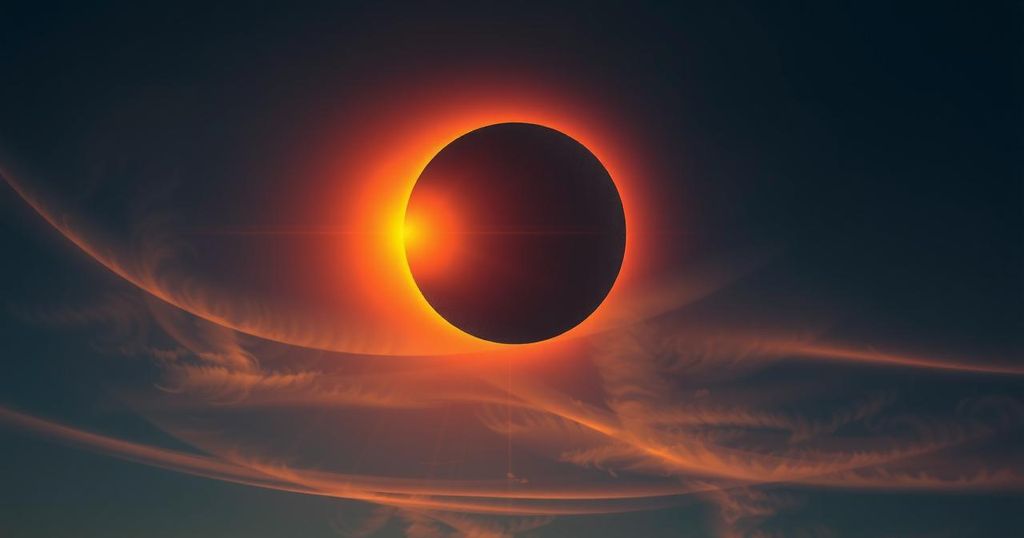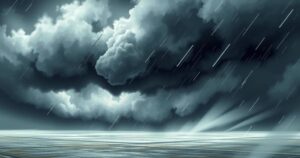Partial Solar Eclipse to Grace Sky This Weekend Across Multiple Continents

A partial solar eclipse will occur this weekend, visible across Europe, western Africa, and parts of North America. Observers must wear protective glasses, as the moon will partially obscure the sun without totality. Conditions for viewing vary by location, and additional eclipses are set for September.
This weekend, a partial solar eclipse will be visible across Europe, parts of North America, and western Africa. During this phenomenon, the moon will partially block the sun, appearing to take bites out of it. The northeastern United States, Greenland, and eastern Canada will experience the most significant coverage of the sun.
During a partial solar eclipse, there is no totality, which makes proper eye protection crucial. It is essential to wear eclipse glasses at all times while observing the event. Auriane Egal from the Montréal Planetarium describes eclipses as a “game of light and shadow that are played by the sun, moon, and Earth.”
Solar and lunar eclipses occur between four to seven times annually, often in pairs due to the moon’s tilted orbit. A recent total lunar eclipse turned the moon red in mid-March, highlighting the frequent occurrence of these events. To catch the eclipse, check local astronomy websites for precise visibility timings in your area.
The eclipse will take place during sunrise for most of the Americas, late morning in western Europe and Africa, and in the afternoon for eastern Europe and northern Asia. As the moon covers the sun, the daylight may appear dimmer, similar to a cloudy day, according to Juan Carlos Muñoz-Mateos from the European Southern Observatory.
For optimal viewing conditions, ensure clear skies away from city lights, especially in areas where the sun will rise during the eclipse. Obtain solar eclipse glasses through local science museums or reputable online sellers listed on the American Astronomical Society’s website. Indirect viewing methods like using a pinhole projector or colander are alternative ways to observe this celestial event safely.
In September, another total lunar and partial solar eclipse will occur, with Antarctica and New Zealand being the best viewing locations for the solar eclipse.
The partial solar eclipse this weekend presents a unique astronomical event for viewers in Europe, North America, and parts of Africa. With essential eye protection and clear viewing conditions, observers can safely enjoy the phenomenon. Upcoming future eclipses provide additional opportunities to experience these majestic events in different locations around the globe.
Original Source: apnews.com







